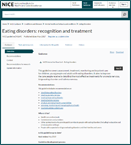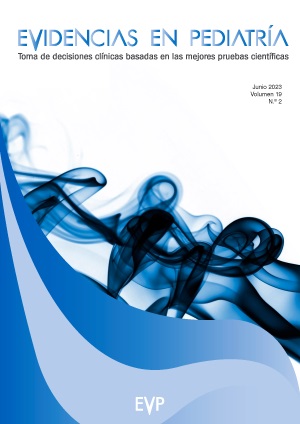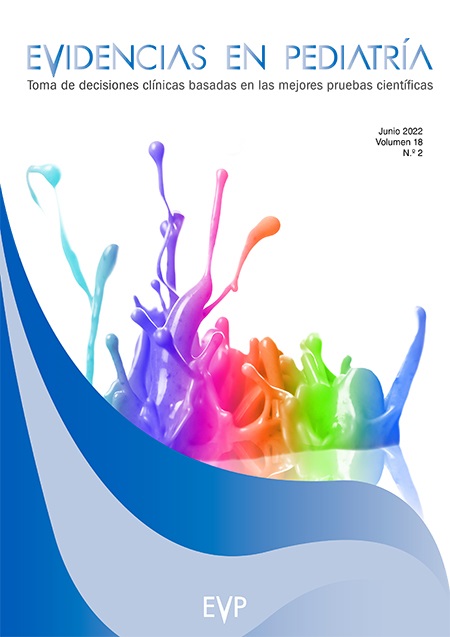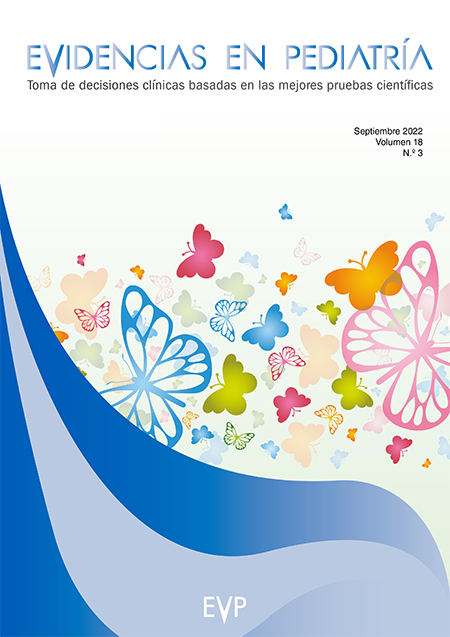Palabras clave:
Tipos de documento
Novedades
 Infectología Página 1 de 3
Infectología Página 1 de 3
Guías de práctica clínica |

Año: 2021
This guideline sets out an antimicrobial prescribing strategy for secondary bacterial infection of eczema and covers infection of other common skin conditions. It aims to optimise antibiotic use and reduce antibiotic resistance. The recommendations are for adults, young people and children aged 72 hours and over. They do not cover diagnosis.
|

Año: 2021
The purpose of this guideline is to maximise the safety of children and adults who have gastrointestinal or liver conditions treated with drugs affecting the immune response during the COVID 19 pandemic. It also aims to protect staff from infection and enable services to make the best use of NHS resources.
|

COVID-19 rapid guideline: dermatological conditions treated with drugs affecting the immune response
Año: 2021
The purpose of this guideline is to maximise the safety of children and adults who have dermatological conditions treated with drugs affecting the immune response during the COVID-19 pandemic. It also aims to protect staff from infection and enable services to make the best use of NHS resources.
|

COVID-19 rapid guideline: arranging planned care in hospitals and diagnostic services
Año: 2020
The purpose of this guideline is to help healthcare professionals deliver efficient planned care while minimising the risk of COVID-19 in the context of increasing or decreasing local prevalence. It also aims to help patients make decisions about their planned care.
|

Año: 2020
This guideline sets out an antimicrobial prescribing strategy for insect and spider bites and stings in adults, young people and children aged 72 hours and over, including those that occurred while travelling outside the UK. It aims to limit antibiotic use and reduce antibiotic resistance.
|

Año: 2020
This guideline covers identifying, assessing and managing the long-term effects of COVID-19, often described as ‘long COVID’. It makes recommendations about care in all healthcare settings for adults, children and young people who have new or ongoing symptoms 4 weeks or more after the start of acute COVID-19. It also includes advice on organising services for long COVID.
|
Artículos valorados críticamente |

Año: 2023
Balado Insunza MN, Aparicio Rodrigo M. Evid Pediatr. 2023;19:13
Artículo original: Khanthathasiri S, Kriengsoontornkij W, Monsomboon A, Phongsamart W, Lapphra K, Wittawatmongkol O, et al. Outcomes of Single-Dose Empirical Antibiotic Treatment in Children With Suspected Sepsis Implemented in the Emergency Department. Pediatr Emerg Care. 2022;38:426-30.
|

Año: 2022
Ochoa Sangrador C, Balaguer Santamaría A, González de Dios J. Evid Pediatr. 2022;18:17
Artículo original: Hammitt LL, Dagan R, Yuan Y, Baca Cots M, Bosheva M, Madhi SA, et al.; MELODY Study Group. Nirsevimab for Prevention of RSV in Healthy Late-Preterm and Term Infants. N Engl J Med. 2022;386:837-46.
|















